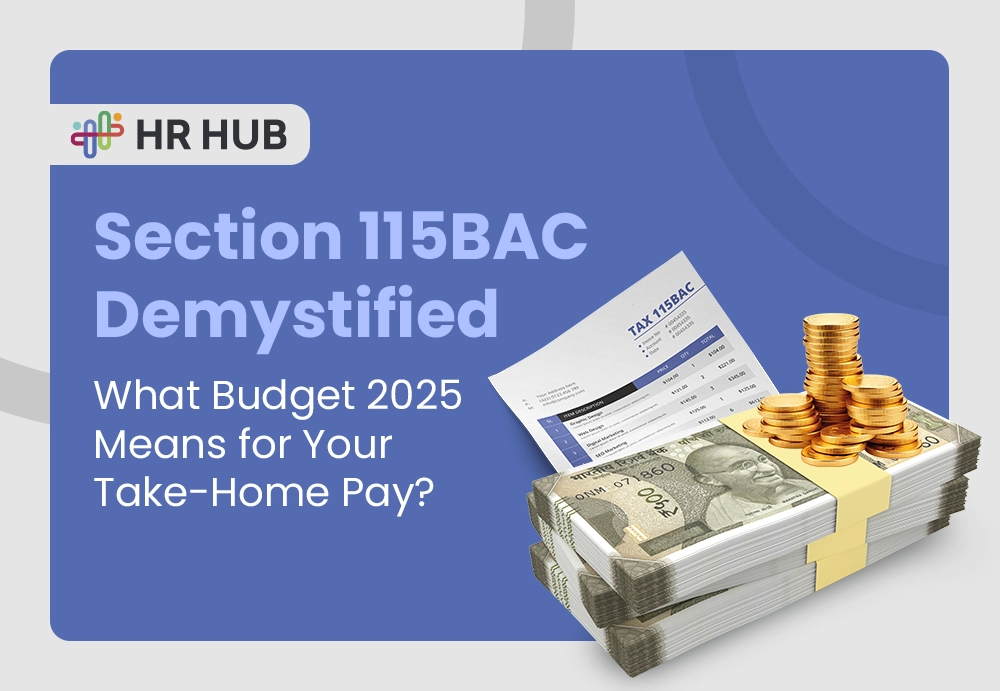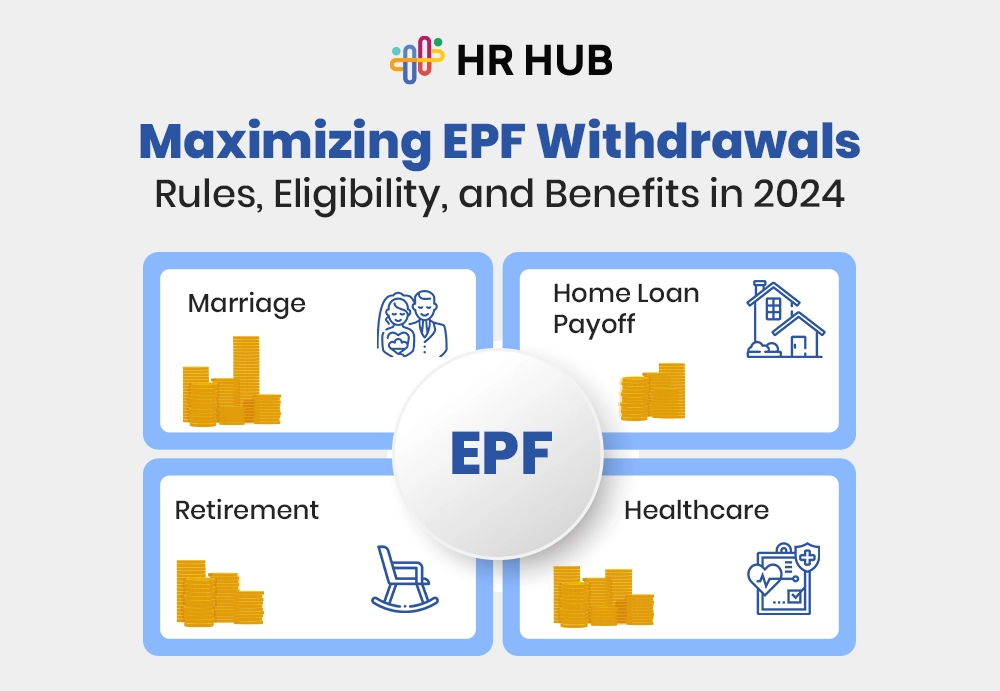You don’t have to set yourself on fire to keep the company warm.
A quote often shared in whispers, in DMs between colleagues, or after one too many late nights logged into a screen that forgets how human you are.
The corporate world has spent decades optimizing output, but in the process, it forgot to protect the people behind the productivity. Deadlines got sharper, hours got longer, and somewhere, employee well-being was trimmed like a budget line item.
Not anymore.
Welcome to the new age of employee well-being programs — not the glossy kind that live on an internal webpage, but the kind that truly work. The ones that breathe life back into the workplace.
Best Programs That Work Well For Enhancing Employee Well-being
Let’s take a deep dive into the best programs that play a crucial role in enhancing and improving employee well-being within our organization.
It’s Not Burnout — It’s Betrayal
Employees aren’t “quiet quitting” because they’re lazy. They’re checking out because they feel overworked, overlooked, and undervalued.
That’s why real wellness starts by asking:
What if work made people feel better, not worse?
And that’s where true employee well-being programs step in.

They’re not about tracking yoga attendance — they’re about rebuilding trust, one policy, one person at a time.
Rethinking Mental Health at Work
Let’s drop the stigma and the sugar-coating. Mental health at work isn’t a trendy initiative — it’s a survival need.
And no, an Employee Assistance Program (EAP) link buried five clicks deep on the intranet doesn’t count.

Here’s what does:
- Psychological safety zones where employees can speak without fear of judgment or retribution.
- Manager burnout training — not just for their teams, but for themselves as well.
- Therapy stipends, because not everyone can afford to “just talk to someone.”
Want to know what the most high-performing teams have in common? They feel safe — emotionally, mentally, and professionally.

Work-Life Balance Isn’t a Luxury — It’s Leverage
Let’s play this out.
Two employees:
One logs off at 6 PM, spends time with family, and gets 8 hours of sleep.
The other works till midnight, eats dinner while checking Slack, and dreams in spreadsheets.

Which one appears sharper the next day? More creative? More resilient?
Companies that prioritize work-life balance see fewer sick leaves, fewer resignations, and more smiles in Monday meetings. Their secret? They don’t just allow balance — they engineer it:
- Set tools to auto-log out employees past working hours.
- Encourage calendar blocks for deep focus and deep rest.
- Model it from the top — when leadership rests, others follow.
You want loyalty? Let people live their lives, not just their roles.
Wellness Initiatives That Feel Good
You can’t force wellness. You can only facilitate it.
That 7 AM Zumba team? It’s not wellness if it feels like a trap.
Instead, empower choice:
- DIY wellness kits: Let employees create their personalized plans — including gym memberships, hobby classes, therapy sessions, and even pet care.
- Wellness storytelling: Let employees share what wellness means to them. Suddenly, self-care isn’t just HR-speak — it’s a shared journey.
- Monthly check-ins — not for tasks, but for how you’re doing.

Wellness isn’t about programs. It’s about permission.
Financial Health: The Taboo That Needs a Spotlight
You can’t meditate away financial stress.
Yet, financial wellness is often the most overlooked pillar of workplace well-being. For many, money worries don’t stop at the office door.
That’s why progressive wellness programs include:
- Emergency wage access — a lifeline during tough times.
- Transparent salary breakdowns — no more guesswork in CTC mysteries.
- Debt coaching and retirement planning — because financial freedom is the ultimate stress relief.

Imagine how different Monday would feel if money weren’t a constant mental weight.

Data-Driven Wellness Is the Future
Well-being isn’t about vibes — it’s about visible results.
That’s why smart companies use wellness data to improve:
- Identify trends in burnout-prone departments.
- Measure the actual ROI of mental health programs at work.
- Track work-life balance health across time zones.
And no — it’s not about surveillance. It’s about support.

When HR becomes a listening system, not just a reporting system, that’s when the magic happens.
Culture: The Soil That Nourishes Wellness
Here’s the thing, no program can fix: a toxic culture.
You can offer meditation, gym reimbursements, even therapy — but if your culture still praises hustle over health, you’re planting seeds in concrete.
Companies that get it:
- Celebrate time off.
- Hire for empathy, not just efficiency.
- Write people-first policies and mean it.
Because a broken culture can’t deliver well-being, no matter how fancy the benefits brochure may be.
How HR HUB Makes It Real
Most wellness tools live in isolation. One app for meditation. One email for coaching. One platform for leaves. It’s chaos.
HR HUB brings it all together.
With custom modules for mental health at work, wellness initiatives, financial well-being, and work-life balance, HR HUB is more than just another HR tool. It’s your well-being engine.
A Healthier Workplace Isn’t a Dream — It’s a Decision
Well-being doesn’t happen on its own. It’s designed. It’s nurtured. And it’s led by people who care.
The companies of tomorrow are being built today — one wellness policy, one trusted conversation, and one empowered employee at a time.
And those leading with employee well-being programs?
They’re not just changing culture — they’re changing lives.






